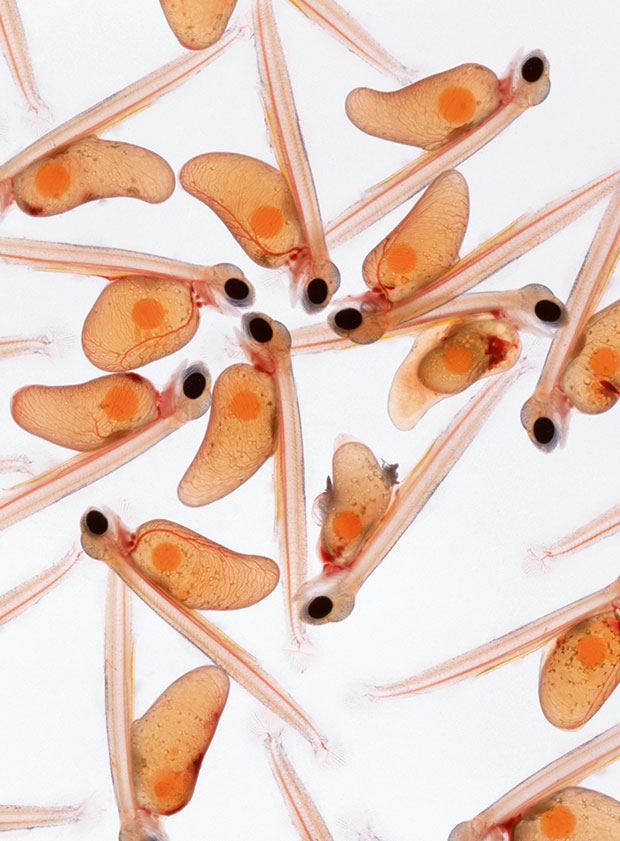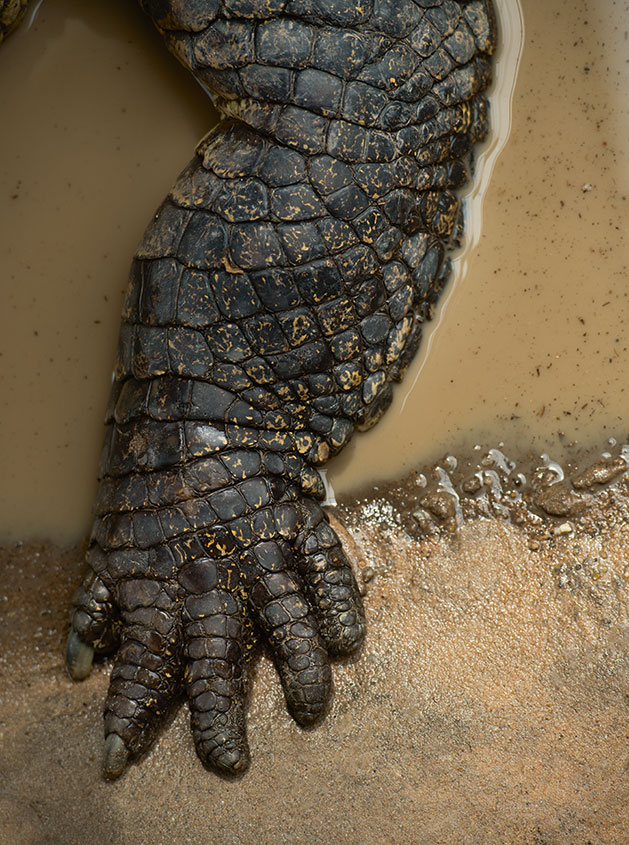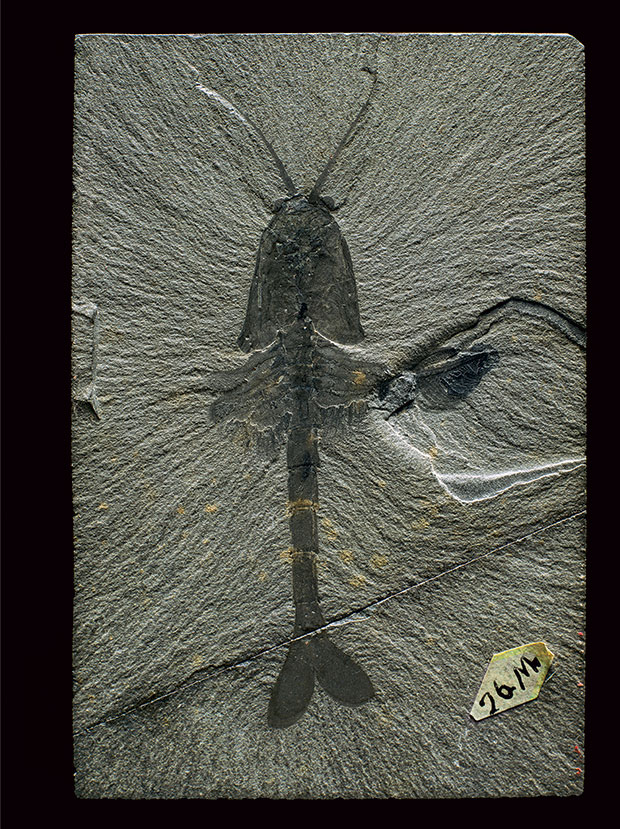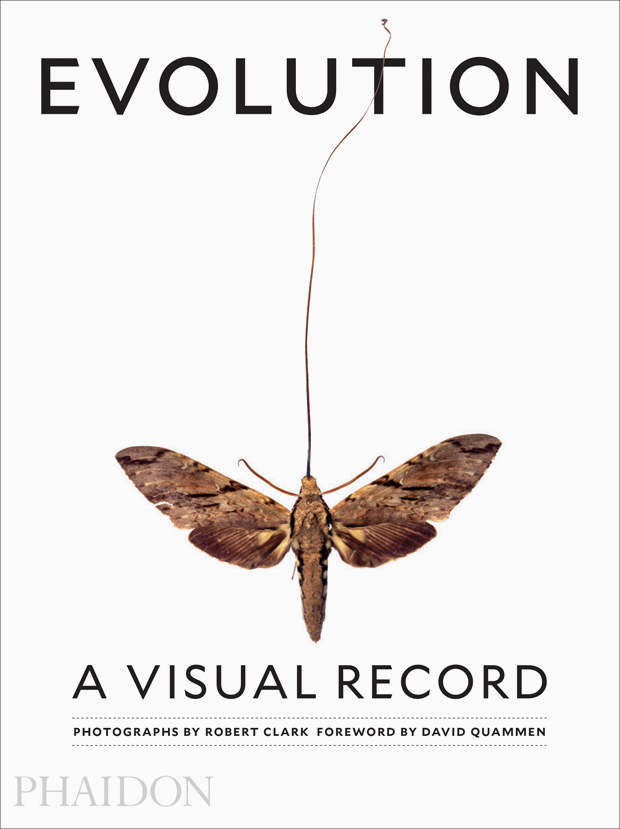
Beautiful and bizarre beasts behind Darwin's theory
Photographer Robert Clark's new book offers some striking supporting evidence for the theory of natural selection
Once everyone believed that the natural world was a static, divine creation. However, as Evolution: A Visual Record, a collection of 200 images by photographer Robert Clark shows, striking evidence supporting Charles Darwin's Theory of Evolution is everywhere. From varieties of birds and snakes to fossils and crocodile eyes, the diversity of nature is proof that natural history is not fixed.

In his excellent introductory essay, Joseph Wallace outlines lucidly the assumptions about life on Earth that prevailed before Darwin and the conditions that enabled him and co-discoverer Alfred Russel Wallace (no relation) to carry out their momentous research.
As Wallace points out, just 150 years ago the biblical view of creation held absolute sway – that all creatures, from the beetle to the whale, were placed on earth fully formed by the Creator, existing unchanged since the Great Flood.

It was only with great exploratory and technological upheavals that the earth began to reveal its secrets. Sailing ships had already exposed Western travellers to far-flung parts of the globe formerly dismissed on the maps with the words "Here Be Monsters". They turned out to be home to myriad exotic and diverse creatures, previously unimagined. This led the scientist Jean-Baptiste de Lamarck to question the idea of the immutability of species.

Come the 19th century and it was with the rise of road and railway building, as well as mining on an industrial scale, that mysterious bones, giant teeth that could not belong to any known living species were unearthed.

It was this that ultimately enabled Darwin to present to the public a natural history contrary to that of their religious upbringing. "It had to be faced," writes Wallace, "not every species that had walked the planet still did."

This revelation forms the basis for the discoveries recorded in this beautiful and instructive volume, also featuring a foreword by David Quammen. Now more than ever does the world need to be reminded of the knowledge it imparts.
To see more beautiful images, and to understand their evolutionary significance order a copy of Evolution: A Visual Record, here.
